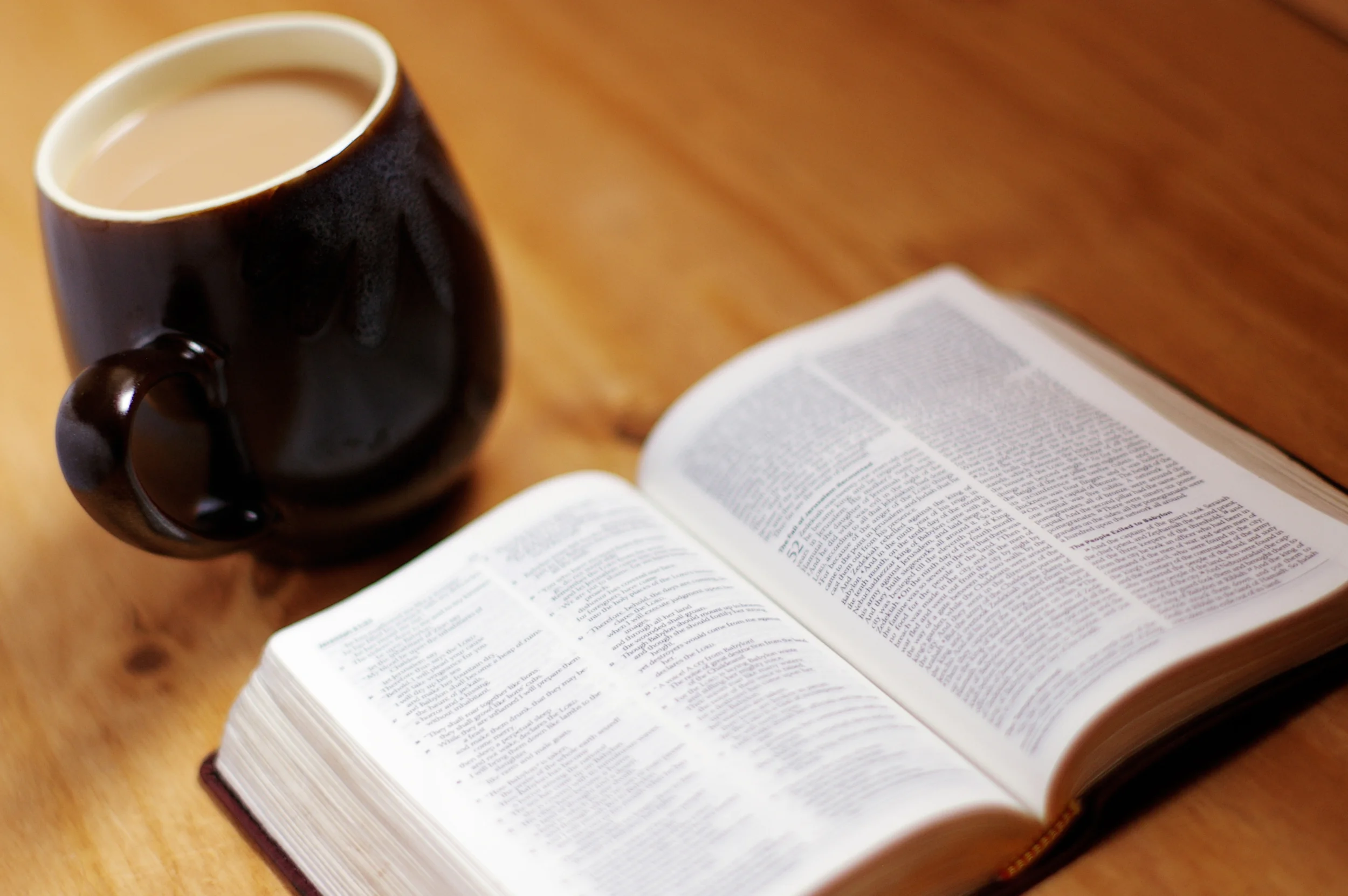Freedom is Good News Part 42
/A couple of articles ago I asked the question, “But why a Lamb?” Why is the Lamb the thread that runs throughout the tapestry of the scriptures? Our Savior, the one who sits at the right hand of the majesty on high, the one who is spoken of as having received “power and wealth and wisdom and strength and honor and glory and praise” is portrayed over and over again as a simple lamb.
There is, in the Old Testament, an interesting scripture where God tells Moses “Do not sacrifice to the LORD your God (an animal) that has any defect or flaw in it, for that would be detestable to Him”. The use of the word “detestable” is a very strong word here. Why is this the case? Because the sacrifice of any animal is a type of the sacrifice of the Son of God. He was the one who was without “any defect or flaw”. Jesus, “the Lamb of God who takes away the sins of the world” was the only one to live a life without sin.
But let us think for a moment about a lamb. What comes to your mind when you consider a baby lamb, perhaps one less than a year old? Does the word innocent come to mind? How about defenseless? Perhaps to a child, the word “pet” might come to mind.
When an Israelite man would come to Jerusalem to offer a sacrifice for his sins and the sins of his family, (let’s try and picture this) a husband and wife, with several young children in tow, are bringing a tethered lamb to the gates of the temple. The priest meets them and the husband says he has a sacrifice of a “sin offering” in the lamb. Into the outer courtyard they go. The husband places his hands upon the lamb’s head, he bows down and confesses his sins and the sins of the family over the lamb, the priest hands the man a very sharp knife and dad must now kill the lamb with the family watching from a distance. The blood of the lamb must flow, for the scripture tells this family that “without blood it is impossible to have sins forgiven”.
Wow! This might bring a few tears to one’s eyes! What a blessing it is for us to know that we do not have to kill a lamb for our sins. We have the Lamb of God as our sacrifice. But let me ask you this; does this thought of our Savior, the Lamb of God, shedding His blood for your sins, ever bring a tear to your eye? It should! Sometimes we shed tears of sorrow and repentance and sometimes we should shed tears of joy for the life we might have in our Savior Jesus Christ!
If you have never considered this; if you have never understood what your sins did to the Son of God; if you have never been cut to the heart (as were the hearts of the people listening to Peter on the day of Pentecost – see Acts 2:36-37), then perhaps now is the time to get down on your knees and seek the favor of God. Ask Him what you should do. And He, like Peter, will say, “Repent and be baptized, every one of you, in the name of Jesus Christ for the forgiveness of your sins. And you will receive the gift of the Holy Spirit. This promise is for you and for your children.” (Acts 2:38-39) Good News shall then abound.
